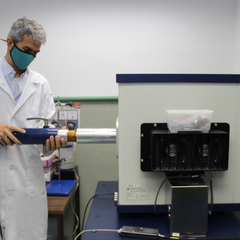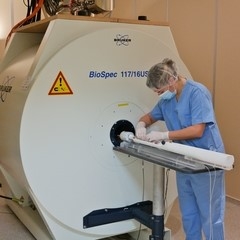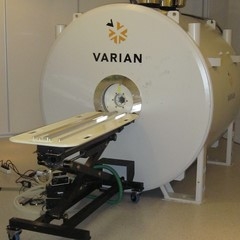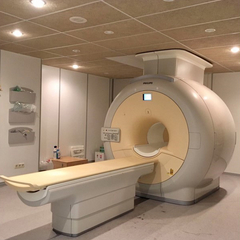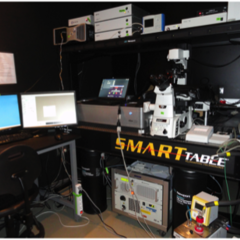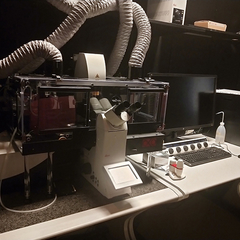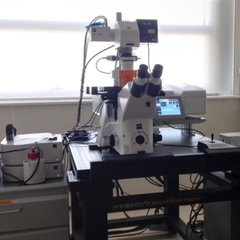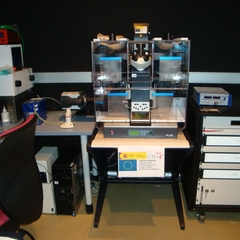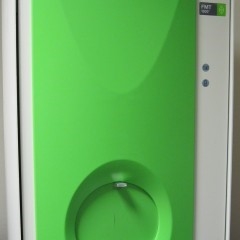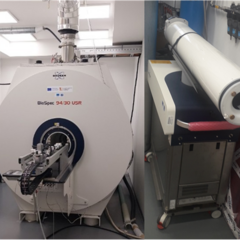
Bruker BIOSPEC 94/30 with cryoprobe and PET insert
High-field magnetic resonance imaging and spectroscopy equipment acquired by BioImaC with funding from the European Union's NextGeneration funds.
This equipment has a magnetic field of 9.4 teslas, which allows both anatomical and functional MRI images to be obtained. It is possible to obtain in-vivo MRI spectra, MRI angiograms, perform cardiovascular studies, MRI relaxometry, etc.
Due to its modular design (gradient systems and RF coils of different sizes), it is optimized for all MRI applications.
It is equipped with CRIOSONDA, a cutting-edge technology that offers a 2.5 to 5.3 increase in sensitivity compared to standard RF coils at room temperature. This provides key anatomical and functional information for preclinical in vivo studies.
It also has a PET INSERT for simultaneous in vivo MR/PET imaging, which provides a unique view of molecular and functional processes by combining maximum PET sensitivity with multiparametric MR imaging.
The acquisition of this PET INSERT is part of the Recovery, Transformation and Resilience Plan and has been funded by MCIN/AEI and the European Union “NextGenerationEU”/PRTR.
Location: BioImaC

 Distributed Biomedical Imaging Network
Distributed Biomedical Imaging Network
